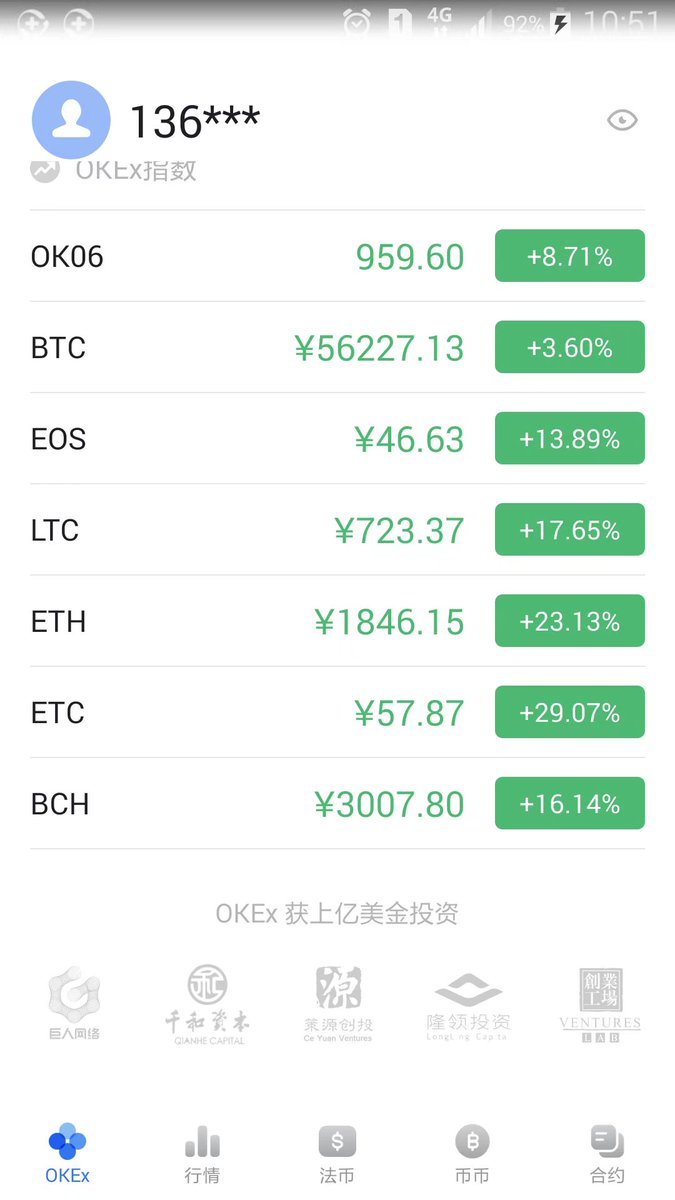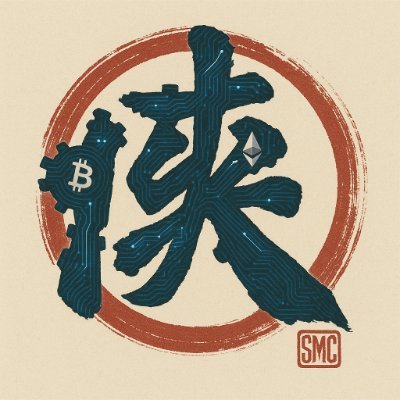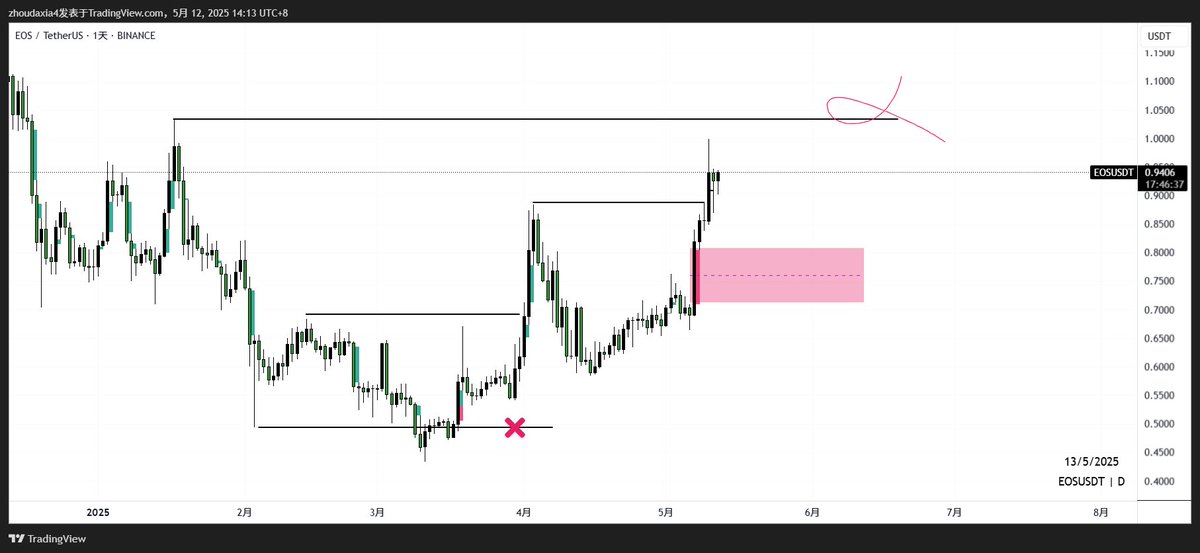
Prezzo di EOS

Disclaimer
OKX non fornisce raccomandazioni su investimenti o asset. Devi considerare attentamente se il trading o l'holding di asset digitali è adatto a te alla luce della tua condizione finanziaria. Consulta un professionista legale/fiscale/finanziario per domande sulla tua specifica situazione. Per ulteriori dettagli, fai riferimento ai nostri Termini di utilizzo e all'Avviso di rischio. Utilizzando il sito web di terze parti ("TPW"), accetti che qualsiasi utilizzo del TPW sarà soggetto alle condizioni del TPW e disciplinato dalle stesse. Se non espressamente dichiarato per iscritto, OKX e i suoi affiliati ("OKX") non sono associati in alcun modo al proprietario o all'operatore del TPW. Accetti che OKX non è responsabile di eventuali perdite, danni e qualsiasi altra conseguenza derivanti dall'utilizzo del TPW. Tieni presente che l'uso di un TPW potrebbe comportare una perdita o una diminuzione dei tuoi asset. Il prodotto potrebbe non essere disponibile in tutte le giurisdizioni.
Informazioni sul mercato di EOS
Capitalizzazione di mercato = Offerta circolante x Ultimo prezzo

Feed di EOS



Calcolatore EOS


Il prezzo oggi dei EOS in USD
Conversioni di EOS popolari
| 1 EOS in USD | 0,90110 $ |
| 1 EOS in EUR | 0,81059 € |
| 1 EOS in PHP | 50,2604 ₱ |
| 1 EOS in IDR | 15.000,83 Rp |
| 1 EOS in GBP | 0,68260 £ |
| 1 EOS in CAD | 1,2607 $ |
| 1 EOS in AED | 3,3097 AED |
| 1 EOS in VND | 23.399,12 ₫ |
Informazioni su EOS (EOS)
- Sito web ufficiale
- White paper
- Github
- Block explorer
Domande frequenti relative al prezzo di EOS
La blockchain EOS si vanta di essere un'alternativa più flessibile e veloce alle blockchain tradizionali. In quanto diretto concorrente di Ethereum, l'ecosistema EOS ha adottato tecnologie che lo aiutano a guadagnare un vantaggio rispetto alle altre blockchain che supportano gli smart contract. Ad esempio, EOS offre una maggiore flessibilità agli sviluppatori, i quali possono creare applicazioni decentralizzate utilizzando diversi linguaggi di programmazione, tra cui Java e Python.
EOS implementa inoltre un meccanismo di consenso ecologico e scalabile che gli consente di superare la velocità delle transazioni delle blockchain tradizionali, tra cui Ethereum e Bitcoin.
Puoi acquistare EOS dall'exchange OKX. OKX offre le coppie di trading EOS/USDT, EOS/USDC, EOS/BTC e EOS/ETH. In alternativa, puoi acquistare EOS direttamente con valute fiat o convertire le tue criptovalute in EOS.
Prima di iniziare a fare trading con OKX, devi creare un conto. Per acquistare EOS con la tua valuta fiat preferita, fai clic su "Acquista con carta" alla voce "Acquista criptovaluta" nella barra di navigazione in alto. Per fare trading di EOS/USDT, EOS/USDC, EOS/BTC o EOS/ETH, fai clic su "Trading di base" alla voce "Trading". Nella stessa scheda, fai clic su "Converti" per convertire le criptovalute in EOS.
In alternativa, visita il nostro nuovo Calcolatore per criptovalute di OKX. Seleziona EOS e la valuta fiat desiderata da convertire per visualizzare il prezzo di conversione stimato in tempo reale.
Informativa ESG
Calcolatore EOS




















Social